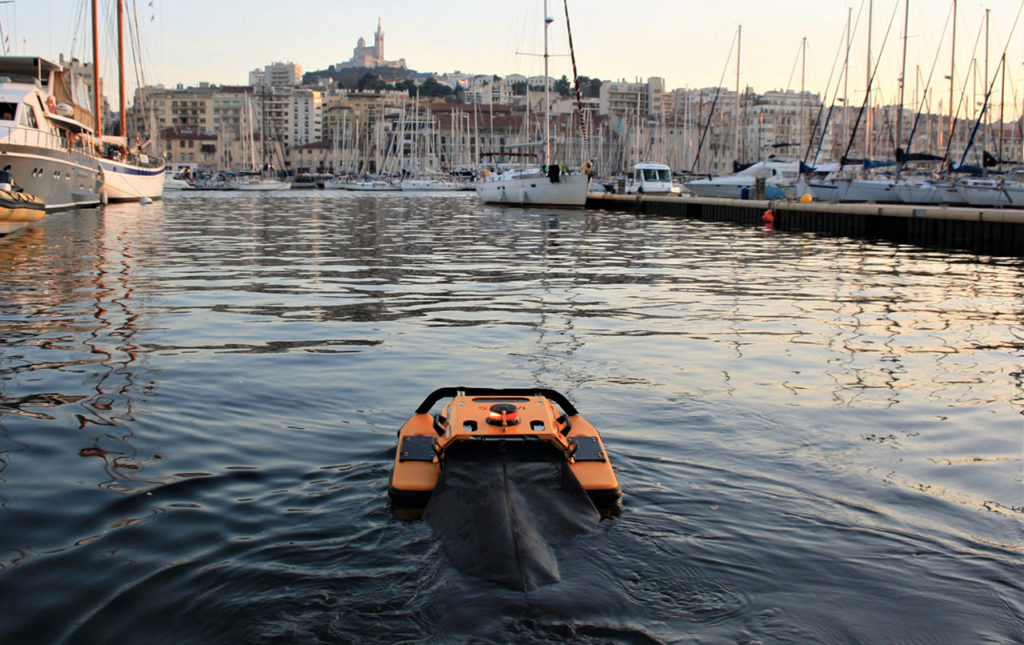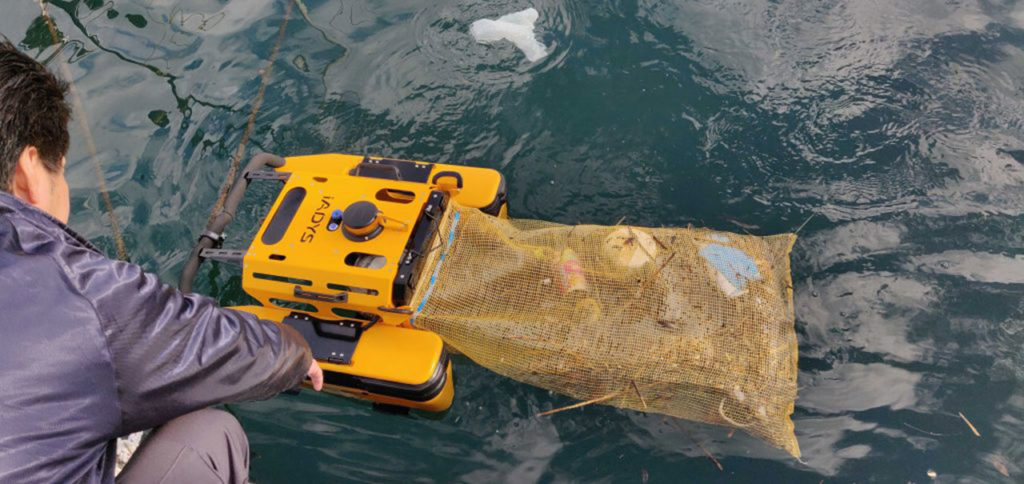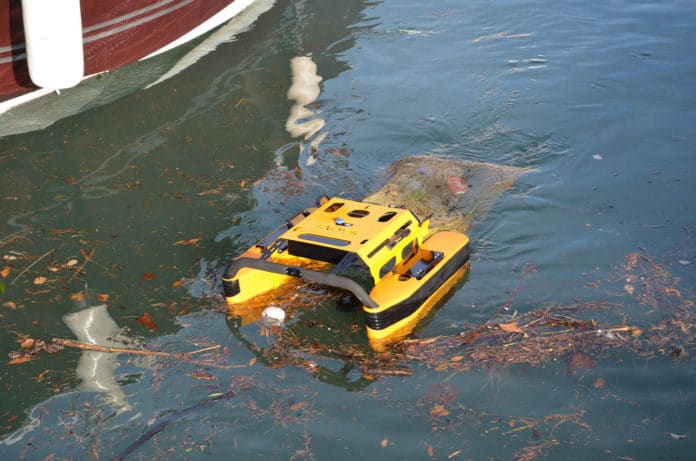Plastic pollution is one of the major environmental challenges of our time, and tourism has an important role in contributing to the solution. Tourists visiting places such as the picturesque port at Cassis, southern France, often see an unedifying sight: single-use plastic-mostly bags, packaging, discarded drinks bottles, and even used surgical masks floating in the water among the boats in the marina.
However, the port has found a solution in the form of a small electric robot for this increasing plastic pollution. Designed by the French company IADYS, the Jellyfishbot is a remote-controlled electric-powered boat capable of collecting floating waste and oil from the surface of the water into a net that it trails behind its twin hulls. The suitcase-sized vehicle can get into the corners and narrow spaces where rubbish tends to accumulate but which are difficult for cleaners with nets to reach.

The trash-collecting robot collects everything in its path, from plastic waste, glass to natural waste or floating algae. This small electric boat can also collect all types of hydrocarbons such as oils, diesel, kerosene, gasoline.
The robot is powered by three electric thrusters, walks at a speed of 2 knots (3.7 km/h), and can work for 6-8 hours on a single charge, depending on the use. It can be remote-controlled from up to 400 meters (1300 ft) away. The 18 kg machine can clean 1,000 square meter area per hour at 1 knot (1.8 km/h) and trap up to 80 liters of micro-waste in its net. The nets can contain up to 30 liters of hydrocarbons.

The user will have remote access to video on his smartphone using an onboard camera throughout the mission. When the net fills up, the operator can then command the robot to return to its starting point where he can remove the waste and empty the net. The vehicle will soon be equipped to “detect obstacles and collect waste autonomously.”
It is not the only device of its kind. We recently informed you about a sea-cleaning sailboat that feeds on plastic waste. But the Jellyfishbot is an efficient and flexible solution for the decontamination of more or less extensive and/or difficult to access aquatic areas, in particular for sheltered areas: ports, marinas, lakes, canals, but also leisure centers, hotel residences, and industrial facilities.
The handy trash-eating robot is in operation in around 15 French ports and has been exported to several countries worldwide, including France, Norway, Switzerland, and, recently, Japan.
